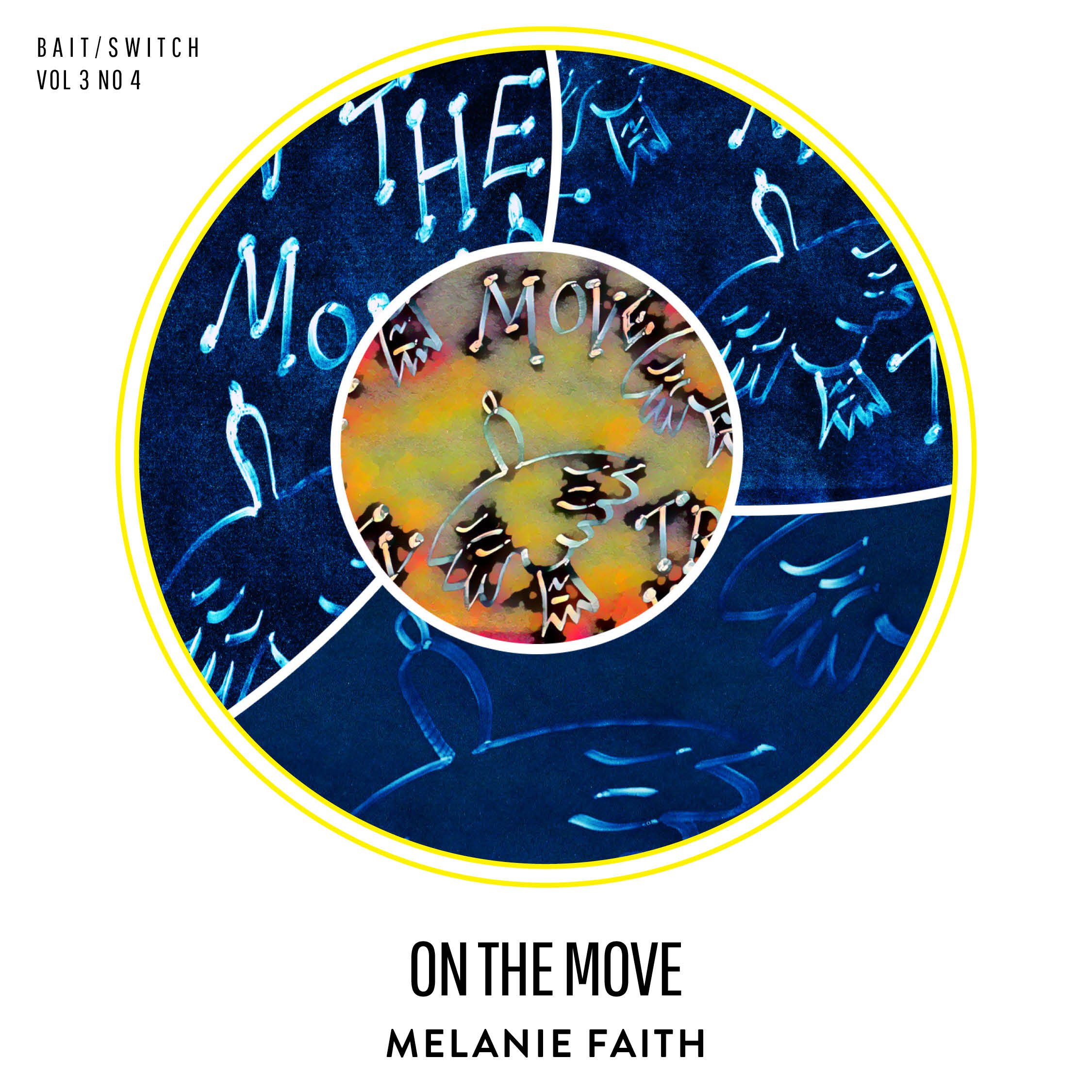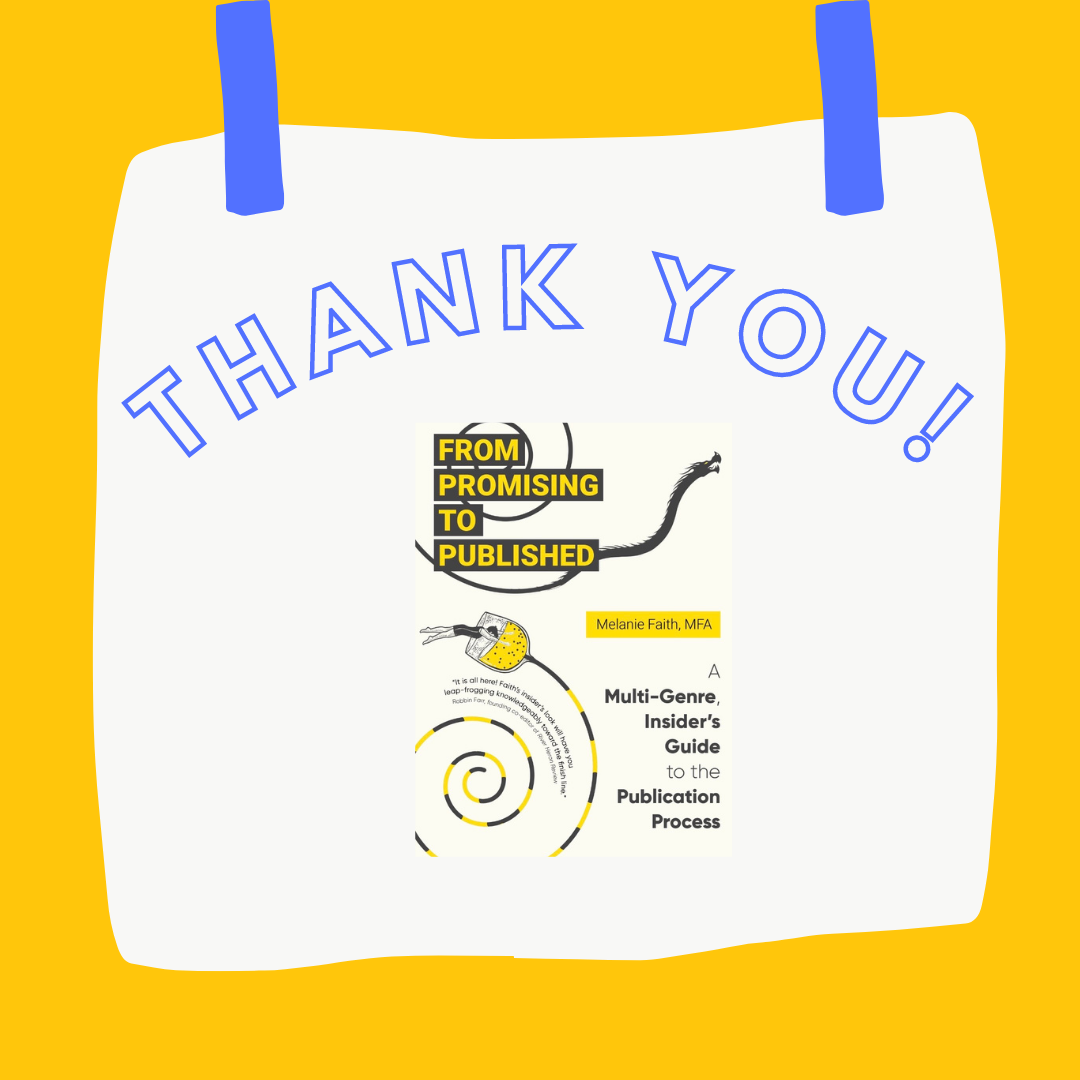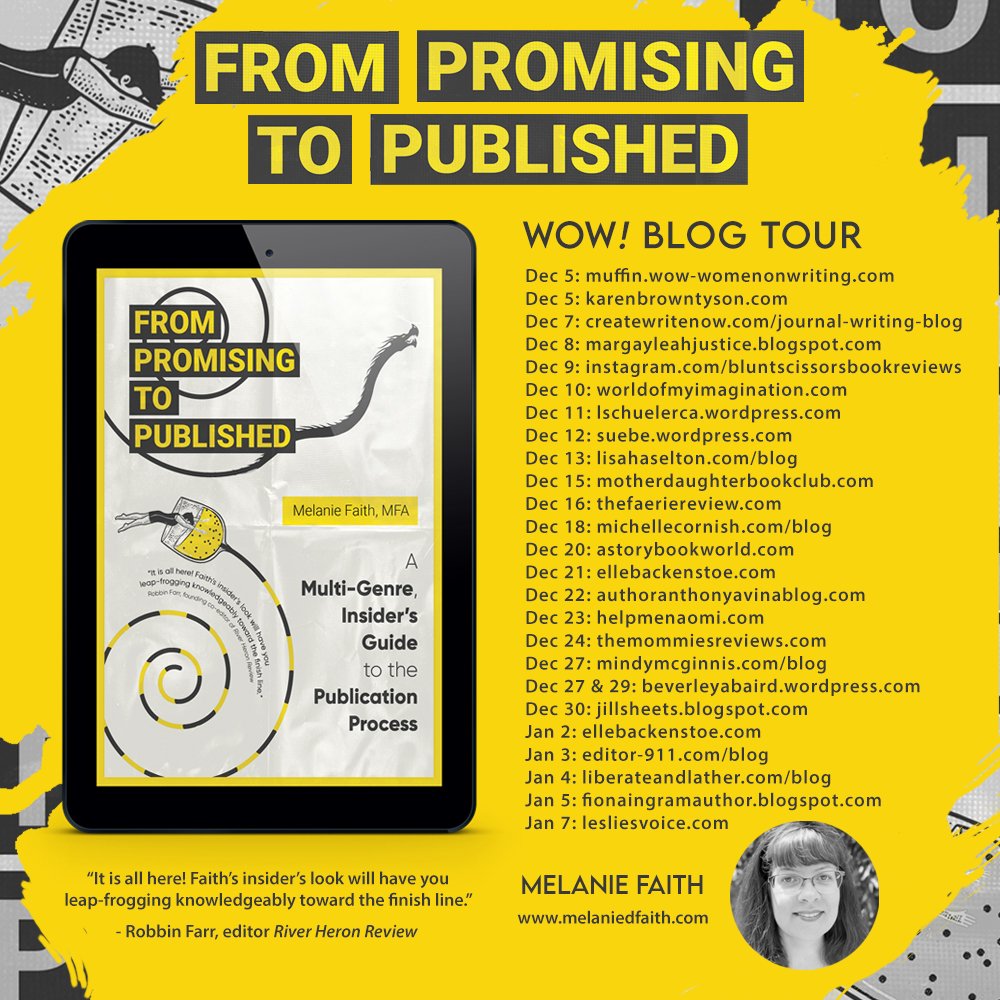Starting a new notebook—this little 5 x 7 beauty was a whole $1.25—is always a good feeling for me. Potentiality on each page. I’ve been experimenting with different types and sizes of paper for my doodles.
Last night, right before sleep, I broke out my new notebook, my 0.7 mm lead pencil, and my colored pencils and made an outlined sketch of a photographer. It was a peaceful, simmering hour as I drew a preliminary/reference sketch on scrap paper, opened the second page of the notebook (I often skip the first, as it sits a bit askew in the binding), and then started this drawing.
Filling in the figure was a particularly pleasant part of the process as well—colored pencils force a kind of quiet contemplation and over-and-over-and-over patience that slows my thinking and flashes me back to childhood hours quietly coloring or writing.
It’s probably not surprising that I would choose to draw a photographer in motion. One of my other happy places is photography (a few years ago, I wrote a book that combined my writing with my photography practice and tips, Photography for Writers).
Much like when writing, when I’m behind the lens, the daily drops away. I like the challenge of making what I see and how I see it into a composition. I like that it’s not an easy process nor a process I can take for granted or even a process that I fully steer, but that there are many do-overs available—as many as I have time and inclination to make.
Mostly, photography is a place of rare transcendence where the world slows and I make my thinking and my seeing into something at once me and not me. It’s a good space.
This is my first go-’round with sketching what I’m calling a silhouette portrait. Kindly ignore the erased shoulder and erased original feet, which I only realized after pondering them were pointing in the wrong direction from her body’s stance along with the smudge at the bottom of the page by the date. We’ll just call those markers of authenticity.😁
I have to say, though: I was a little surprised that one or two elements of this drawing felt to me like what it feels when I’m behind my camera: a liminal in-between space that just is what it is and unfolds as it should (if, frequently, not as I would have originally imagined).
Or maybe this is just my fancy-pants way of saying I couldn’t believe it actually sort of resembles a human and not a stick figure. 😆
The little notebook says “Plan” on the cover, but as we know, there are many things we simply cannot plan. Mostly, we can move, slowly, in a slightly new direction and see what happens, and then repeat the process as the happening unfolds. Drawings, photographs, writing, ourselves—all unfolding.

















